I only started to read true crime about five years ago. It was then that I noticed a shift in what was being published. Instead of lurid tales that lingered on the most gruesome aspects of a case and glamourized and/or othered the perpetrator, I saw an increase in titles that centered the voices of those affected by the crimes, and that exposed societal inequities that had been revealed by those crimes.
Suddenly, I was way more interested.
But true crime is not without its flaws. This was brought home to me when I listened to my Feminist Book Club colleagues, Mariquita Guerrera and Natalia Santana-Pollard, discuss whether it’s possible to ethically consume true crime, particularly considering its overwhelming whiteness. In fact, I struggle to find authors of color in the genre, and the focus of many true crime stories is often on the innocent young white girl, or what is known as the perfect or ideal victim.
The world of true crime podcasts actually does a much better job of closing true crime’s racial gap. Standouts include series like Black Girl Gone, Cases of Color, and Affirmative Murder.
But back to the books. Rather than present a list of standout true crime titles (we have plenty of those already), I wanted to get somewhat meta.
The list below contains both true crime and crime fiction that also examines the inherent failings of the true crime genre.
Savage Appetites by Rachel Monroe
In this book, Monroe presents four real-life stories about women who are wrapped up in their obsession with true crime. Together, these stories provide a fascinating exploration of women’s complicated relationship with the genre. After all, with women appearing most often as the victims at the center of these stories, targets of desire and anger and violence, why are they also among the most common consumers of true crime? Do these stories serve as cautionary tales? Bullets narrowly dodged? Something else entirely? What is it about true crime that appeals to us, and is that appeal perhaps worth interrogating a little bit more deeply?
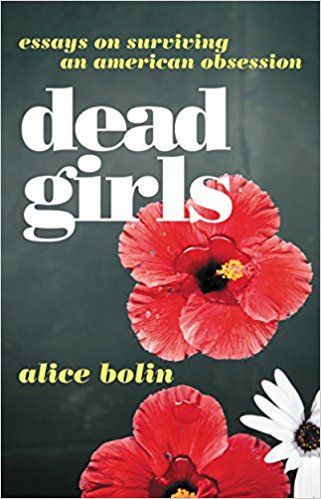
Dead Girls by Alice Bolin
This essay collection isn’t solely about true crime, but it definitely goes there. In Dead Girls, Bolin questions why — across all of pop culture — we’re so damn obsessed with the trope of the dead (white) woman. More infuriating is the fact that these abused and/or murdered women are often used merely as props in larger stories about men.
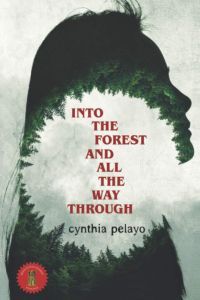
Into The Forest And All The Way Through by Cynthia Pelayo
I didn’t expect to stumble upon a book of poetry that tackled this particular topic, but here we are. In Into the Forest, Pelayo collects together poems that reference the cases of over 100 missing and murdered women in the U.S. In doing so, she shines a spotlight on cases that haven’t received the visibility of those we typically consume. Where is the justice for these women? Where is the closure for their friends and family? What happens to the women whose stories we’ve given up on and turned away from?
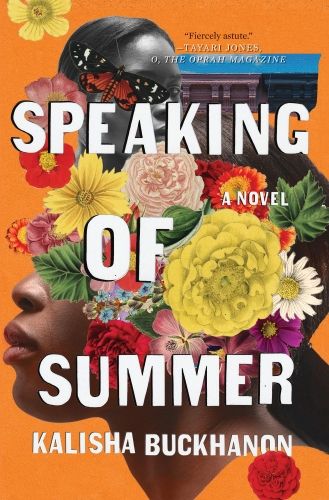
Speaking of Summer by Kalisha Buckhanon
In the first novel of this list, a Black woman goes up to the rooftop of her brownstone and is never seen again. Faced with the indifference of the authorities and society at large, her twin sister begins to investigate the disappearance herself. Doing so forces her to confront the invisibility of the many other missing and murdered women in her neighborhood.
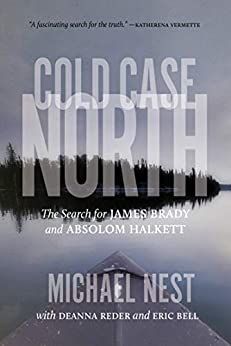
Cold Case North by Deanna Reder, Eric Bell, and Michael Nest
Similar in the way it explores the question of whose stories get investigated and/or told, this work of true crime is about two Indigenous activists who go missing, only to have the police do a half-assed investigation. In the absence of justice, their Indigenous community pulls together to investigate the disappearance on their own, managing to turn up new clues and new testimony.

Monday’s Not Coming by Tiffany D. Jackson
And here’s just one more along these same lines. In Jackson’s YA novel, a Black teen goes missing and only her best friend seems to notice. With no one giving our protagonist a straight answer about her friend’s whereabouts, she decides to take matters into her own hands. Her investigation leads her to face some hard truths about those whom society ignores and forgets.
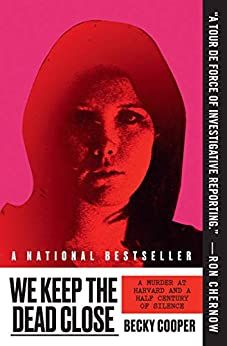
We Keep the Dead Close by Becky Cooper
Shifting gears a bit, We Keep the Dead Close brings us to my favorite type of true crime: the one that melds mystery and memoir. What sets this one apart for me is the way Cooper’s research leads her to question her own motivations in writing the book and her own assumptions about the case…particularly about its victim. Is she projecting misguided thoughts and emotions and motivations upon the woman she’s writing about? What would the subject of her story think about the book that’s come to represent her case?
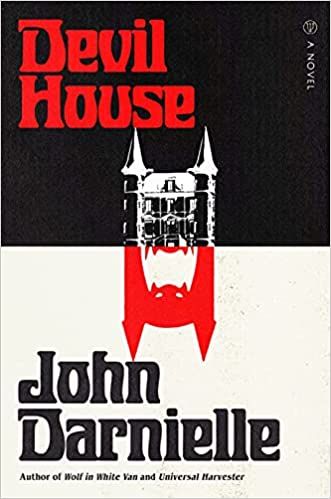
Devil House by John Darnielle
Which brings me to the book that inspired this post. In this novel (which, to me, defies genre), a true crime writer moves into a house in order to investigate the double homicide that occurred there years ago. In doing so, he hopes to find the makings of his next book. The narrative skips around between his time in the house, the events he’s investigating, and the events that inspired his first true crime hit. By the time we reach the end, the protagonist is forced to question what he owes those about whom he writes. What version of the truth are we privy to as true crime readers? Which parts of it — what shades of nuance — are lost? I found this book to be fascinating. It remains to be seen whether this fictional tale has any impact on the way future true crime writers approach their craft.
If reading this post made you want to read MOAR TRUE CRIME, allow me to point you in the direction of this list of books about missing and murdered people of color. Or this list of 18 international true crime books you’ve likely never heard of. Or even this list of 50 must-reads in the genre.
Source : 8 Books That Expose the Failings of the True Crime Genre









